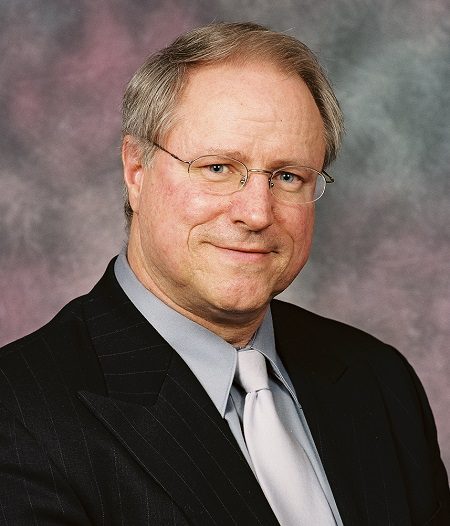A Guest Column By Alan W. Reichow OD, MEd, FAAO
Active kids can break just about anything, and eyewear is no exception, as many parents can attest to. As evidenced by new statistics from Prevent Blindness, sports and play, without appropriate eye protection, puts our youth at risk of eye injury. Since 2015, there has been a nearly 10% increase in such injuries. Unfortunately, one statistic that is not clearly defined, but is evident to those involved with emergency eye care services, is that the use of dress and everyday eyewear during sports and play, even including playground activities, increases risk of serious eye and facial injury. Such injuries can result from eyewear breakage resulting in explosive shrapnel fragments, and/or direct blunt force trauma from frame parts and or lenses when hit by balls, during collisions with fellow playmates, or even when a mishap occurs with playground equipment.
When impact occurs with dress and everyday eyewear, such devices can “explode” into pieces or dislodge from the as-worn position, effectively becoming projectiles capable of causing painful and sight threatening damage. Eyecare providers, ER Physicians, athletic trainers, teachers, coaches, parents, and unfortunately too many kids, encounter devastating eye injuries resulting from inappropriate eyewear being used in activities that place kids at increased risk of such injury.
Relative to impact eye injuries, basketball has remained a major cause for decades in the United States, with such injuries frequently occurring from fingers, hands or elbows to the eyes and face under the basket. In one case, a young player presented to me who had been wearing a metal, semi-rimless pair of dress eyewear with non-polycarbonate prescription lenses during a pick-up game of basketball. While rebounding he was struck in the face by an opponent’s hand, which caused the metal frame and nosepieces to tear into his nose, resulting in a trip to the ER and many sutures to close the wound. Fortunately, his sight was spared upon further testing. From that time on he wore approved sports-impact resistant prescription eyewear whenever he played basketball.
The next time you attend a youth sporting event, such as soccer, basketball, softball or volleyball, pay particular attention to those kids wearing a vision correction. How many of them are wearing sports protective eyewear vs dress / everyday eyewear? If ANY athlete is wearing corrective dress eyewear on that field or court, the message of eye safety has been absent or ineffective. Your child’s eye doctor can help identify the risk of eye injury in the sport your child participates in and the appropriate protective measures, including certified eyewear options or referral for such products.
Sports-related eye injuries will never be totally eliminated, but the risk can certainly be mitigated when teachers, coaches, athletic trainers, sports organizations and others know the risks of sport eye injuries and parents talk to their child’s eye doctor about participation in sports.
About Dr. Reichow

Alan W. Reichow OD, MEd, FAAO
Professor Emeritus – Pacific University
Liberty Sport Research and Education Associate
Continuing his nearly four decade of research and education into the role of vision in human performance, in 2016 Dr. Reichow joined Liberty Sport as Research & Education Associate. Dr. Reichow, Professor Emeritus from Pacific University, is the driving force and visionary behind the Performance Vision Center mission. Dr. Reichow was himself a decorated student-athlete as a member Montana State University’s 1976 NCAA 1AA National Football Champions. In 1979, Dr. Reichow co-founded the Pacific University Sports Vision Program, the oldest such program in the world. In addition to his Doctorate from Pacific University, Dr. Reichow received a Master’s in Education. Dr. Reichow has also served as Chief Consultant to the Sports Medicine Vision Care Centers during the 1992 Olympic Games; was Director of Standards for the European Academy of Sports Vision; was board member and Chair of the American Optometric Association’s Sports Vision Section, and served on the Nike Golf Advisory Board. In 2002 he was presented with the Optometrist of the Year Award by the Sports Vision Section of the American Optometric Association.

